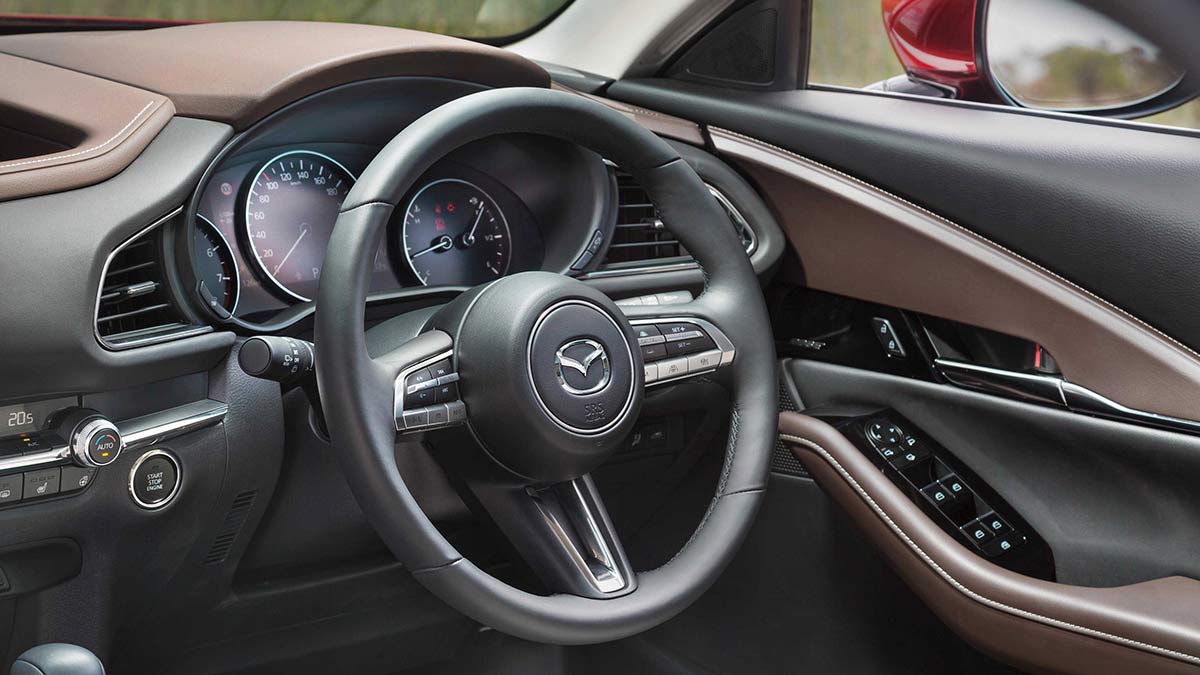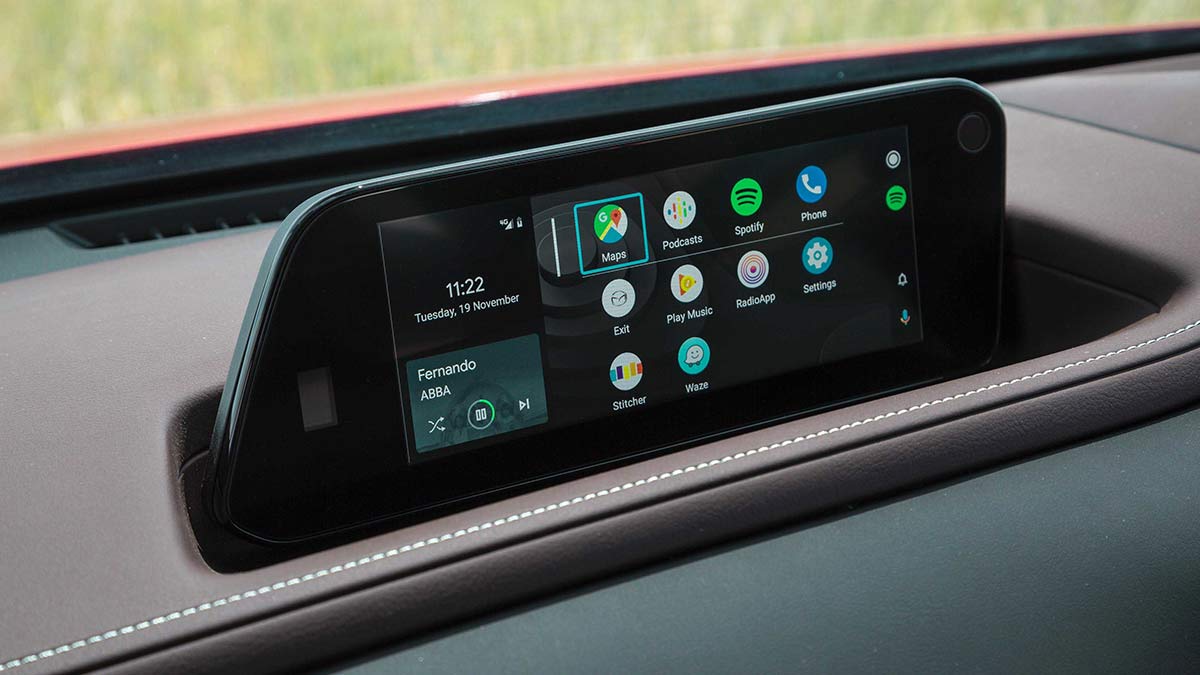The Foton Tunland joins Australia's dual-cab ute market as an affordable mild-hybrid diesel under $50,000, offering strong capability against tough competition.
First drive: 2020 Mazda CX-30 launch review

Tim Nicholson gets behind the wheel of Mazda’s latest SUV offering – the CX-30.
Mazda’s SUV line-up kicks off with the very compact CX-3 light SUV, but it’s a pretty big leap up to the next model in its arsenal – the family-focused mid-size CX-5. The Japanese car-maker has decided to fill that gap with the all-new CX-30, a small SUV that sits smack bang in the middle of the CX-3 and CX-5 dimensionally. Buyers might also consider other larger small SUVs like Australia’s Best Cars small SUVs under $40,000 - winning Kia Seltos, Nissan’s Qashqai, the Mitsubishi Eclipse Cross or the Honda HR-V. The CX-30 is similar in size to the Mazda3 hatch but has a higher ride height, more boot space and a slightly different take on Mazda’s ‘Kodo’ design language.
In this article
What do you get for the price?
The CX-30 is available with a choice of a 2.0-litre or a 2.5-litre petrol engine, the former in Pure, Evolve, Touring and Astina model grades, while the 2.5 is offered in Touring and Astina only. Pricing ranges from $29,990 before on-road costs for the base G20 Pure FWD, to $43,490 for the flagship G25 Astina AWD. The standard features list across the range is healthy, although the plastic steering wheel in the base variant is a little cheap. It has an 8.8-inch central display accessed via a dial in the console, and this houses satellite navigation and Apple CarPlay/Android Auto across the board. Mazda has included a lengthy list of safety gear as standard too. (More: Australia's best cars for 2019 revealed)
How safe is it?
All CX-30 variants feature seven airbags, blind-spot monitoring, driver-attention alert, forward-obstruction warning, lane-departure warning, lane-keep assist, adaptive cruise control with stop and go, rear parking sensors, reversing camera, a rear cross-traffic alert, traffic-sign recognition and front and rear autonomous emergency braking. A Vision Technology package that adds a 360-degree monitor, driver monitoring, front parking sensors, front cross-traffic alert and cruising and traffic support is available as an option on all variants, except the Astina which has it all as standard. Mazda was awarded a five-star ANCAP crash safety rating for the CX-30, achieving a near-perfect score for adult occupant protection. (Toyota Corolla v Mazda3 v Hyundai i30: Which is the best?)
What’s it like inside?
Anyone familiar with the Mazda3 small car will recognise the interior of the CX-30, and that’s no bad thing. Mazda has been steadily improving its cabin design and comfort for a few years now and the CX-30 is up there with the best in class. Aside from the occasional low-grade material in the base Pure, the CX-30 has leather dash inserts, premium leather seats in various colours and Mazda’s excellent human-centred cockpit. Many of the controls face the driver and it provides a feeling of being nicely ensconced. There is a little more cargo space compared with the Mazda3 hatch (317 litres v 295 litres) and a similar amount of occupant space – although there’s more rear headroom in the CX-30.
The G20 variants are powered by a 2.0-litre four-cylinder naturally aspirated petrol engine delivering 114kW of power and 200Nm torque. This is front-wheel-drive only. The G25 uses Mazda’s more powerful 2.5-litre naturally aspirated four-cylinder petrol engine pumping 139kW and 252Nm. This engine is offered in front- and all-wheel drive but both powertrains are paired with Mazda’s ‘Skyactiv’ six-speed automatic transmission.
Is it efficient?
The CX-30 lines up well with its rivals in terms of efficiency. The G20 consumes 6.5 litres per 100 kilometres, while the G25 drinks 6.6 litres in front-wheel-drive guise and 6.8 litres in AWD. (More: 20 clever car hacks to help you save money)
How does it drive?
Mazda claims to have retained the dynamics of the Mazda3 for its latest SUV, but it’s not quite the same. It lacks the roadholding ability of its hatchback sibling, but there is absolutely nothing wrong with the way the CX-30 handles. It’s just that the higher ride height means there is some body roll and it can feel top heavy in corners. The 2.0-litre unit feels a little underpowered but it is more than fine for driving around town. The 2.5 is more responsive and the pick of the engines in the range. The CX-30 has a seriously comfortable ride, particularly in the lower model grades with higher-profile tyres. The cabin is very well insulated from engine, road and wind noise.
Should I buy one?
Given Mazda’s recent run of excellent product, it’s perhaps unsurprising that the CX-30 is one of the best small SUV offerings on the market. If you like the Mazda3 but prefer the versatility of an SUV, or if the CX-3 is just a tad too compact, the CX-30 could be just the car for you.




